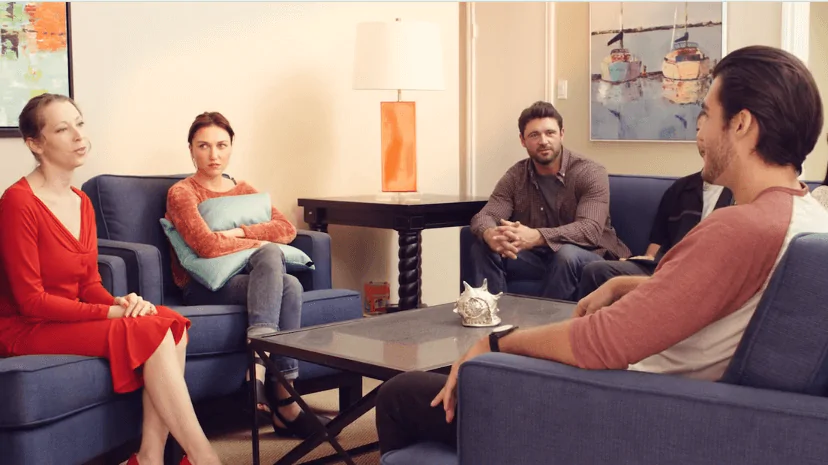24/7 Helpline:
(866) 899-111424/7 Helpline:
(866) 899-1114
Learn more about Codeine Rehab centers in Luna Pier
Codeine Rehab in Other Cities

Other Insurance Options

Premera

MVP Healthcare

Coventry Health Care

American Behavioral

Oxford

Self-pay options

Sutter

Medical Mutual of Ohio

Access to Recovery (ATR) Voucher

Ceridian

WellPoint

CareFirst

Horizon Healthcare Service

Sliding scale payment assistance

CareSource

Kaiser Permanente

Carleon

Humana

BHS | Behavioral Health Systems

MHNNet Behavioral Health




















